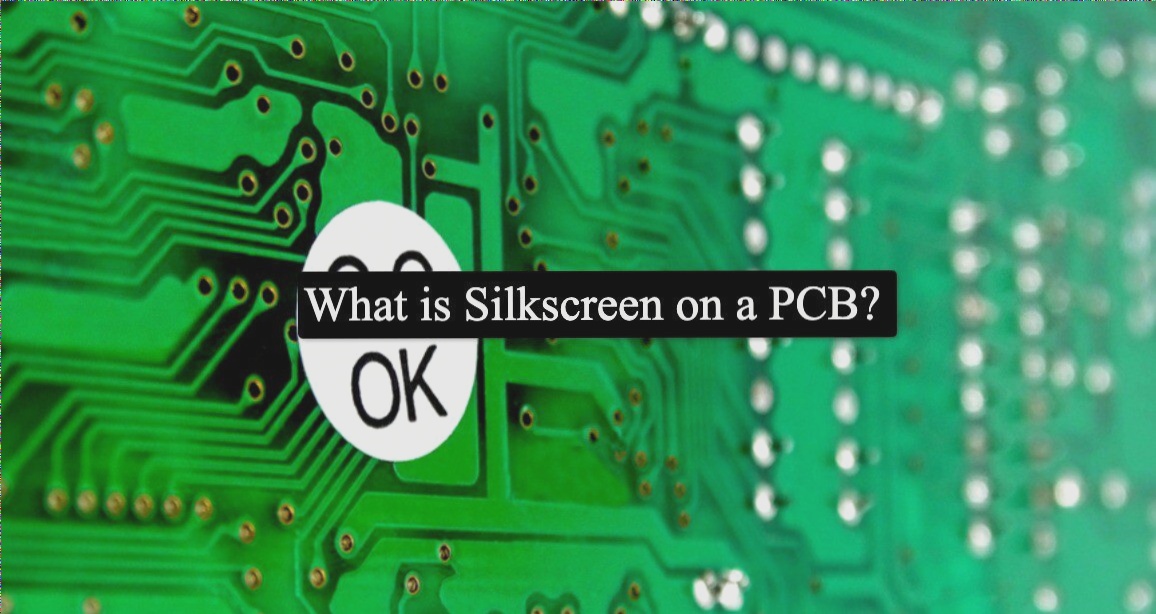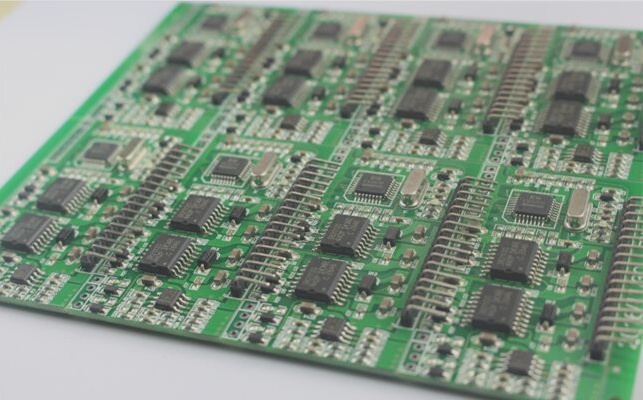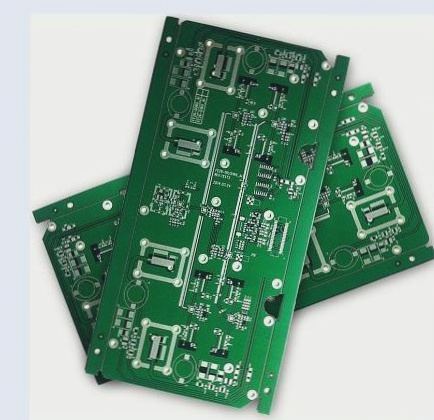PCB Testing Methods: Your Ultimate Guide
What is PCB Testing and Why is it Essential?
When considering purchasing a printed circuit board (PCB), the repercussions of failure are significant. A malfunctioning PCB can result in financial losses and equipment damage. This underscores the critical importance of PCB testing in the manufacturing process.
Key Components Analyzed During PCB Testing
- Capacitors
- Resistors
- Diodes
- Fuses
- Inductor
- IC
- Transistor
- Relay
These components must undergo thorough testing to detect any irregularities or issues.
List of PCB Testing Procedures
PCB Testing Method – 1 (In-Circuit Testing)
In-Circuit Testing (ICT) is a highly effective method that involves powering up and activating the circuitry on the PCB. This test offers extensive coverage, minimizing human errors and ensuring reliable results.
Steps for testing:
- Laying of fixed probes
- Checking connections
- Starting the test
Access points on the PCB facilitate connection with ICT testing probes, ensuring secure connections for accurate testing results.
Best suited for:
- Ball Grid Arrays (BGAs) or large connections
- Final product testing rather than mid-manufacturing
PCB Testing Method – 2 (Flying Probe Testing)
Flying probe testing is a cost-effective method that does not require power like ICT. It is ideal for pinpointing individual circuit issues such as shorts, capacitance, and resistance.

PCB Testing Methods
1. Inductance
2. Opens
3. Diode Problems
Steps for Testing:
- Needles attached to a probe on an x-y grid (obtained from CAD)
- Probes can be moved around the circuit board at different points or individual components to find the specific result.
Automated Optical Inspection (AOI)
One of the initial and quick methods for PCB testing is AOI. It can detect issues in the early manufacturing stages. The testing procedure is straightforward.
Steps for Testing:
- AOI snaps photos of the circuit board under test.
- Compares photos with a detailed schematic.
- If the board matches the schematics to a certain percentage, it passes. If below that percentage, it’s flagged for inspection by a technician.
Best for:
AOI is best for early-stage issues during manufacturing. It is recommended to use AOI in combination with other tests like ICT or Flying Probe method for comprehensive testing.
Burn-In Testing
Burn-In testing is an intense method that involves passing high power through the electronic at its maximum capacity. It is useful for early failure detection and determining load capacity.
Steps for Testing:
- Pushing high power through the PCB at its maximum capacity.
- Power is run through for 48-168 hours.
- If the board fails, it’s known as “Infant Mortality”.
Best for:
- Testing a product to its limits before market launch.
- Early detection in the initial manufacturing phase.
- Caution: Burn-In testing can reduce the PCB’s lifespan, so use it only when necessary.
X-Ray Inspection
X-Ray testing is used to locate hidden faults in connections, especially those underneath chip packages. It includes 2-D and 3-D AXI tests, with 3-D offering faster results.
Tested for:
- Solder connections
- Barrels
- Internal traces
Best for:
- Inspecting different layers of the board not visible to the naked eye.
- Mainly useful for electronics contact managers rather than end-users.
PCB Testing Methods
- Burn-In Testing Considerations:
- Functional Testing (FCT):
- Ensuring the PCB performs its designed functions.
- Final check before product shipment.
- Requirements for FCT:
- Compliance with UL, MSHA, and other standards.
- External equipment and fixtures.
- Customizable testing parameters.
- Other Functional Tests:
- PCB Contamination test.
- Solderability test.
- Micro-sectioning analysis.
- Peel test.
- Time-domain reflectometer.
- Benefits of Other Functional Tests:
- Reduces customer support needs.
- Complementary to ICT and flying probes.
- Cost-effective alternative.
- Effective in detecting functional failures.
Choosing the Right PCB Testing Method
Understanding your PCB requirements is crucial in selecting the appropriate testing method. Each test offers unique insights at varying costs. WellCircuits Electronics provides reliable PCB solutions tailored to your needs.



